Plant Lovers’ Almanac: Natural beauty follows winter’s fury
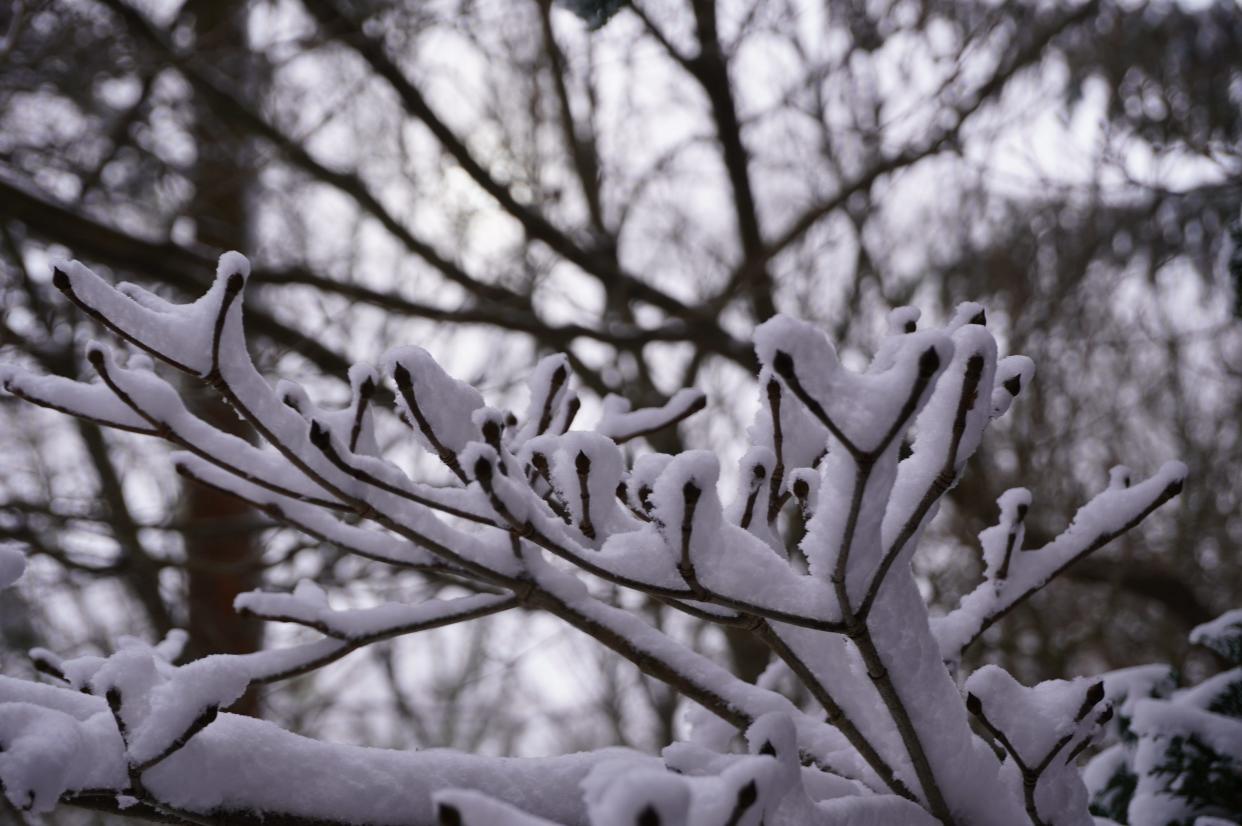
- Oops!Something went wrong.Please try again later.
In retrospect, for those who did not suffer the more significant aspects of the bomb cyclone, we can look back on the beauty of the cold, snow and ice. The red-bellied woodpecker hungry at the birdfeeder, the patterns of dogwood twigs and buds for next year’s growth frosted with pillars of powdery snow, taxus needles encased in snow and ice, wind-driven spruce twigs and needles littering the ground. Wind and great cold refracted through the lens of natural beauty.
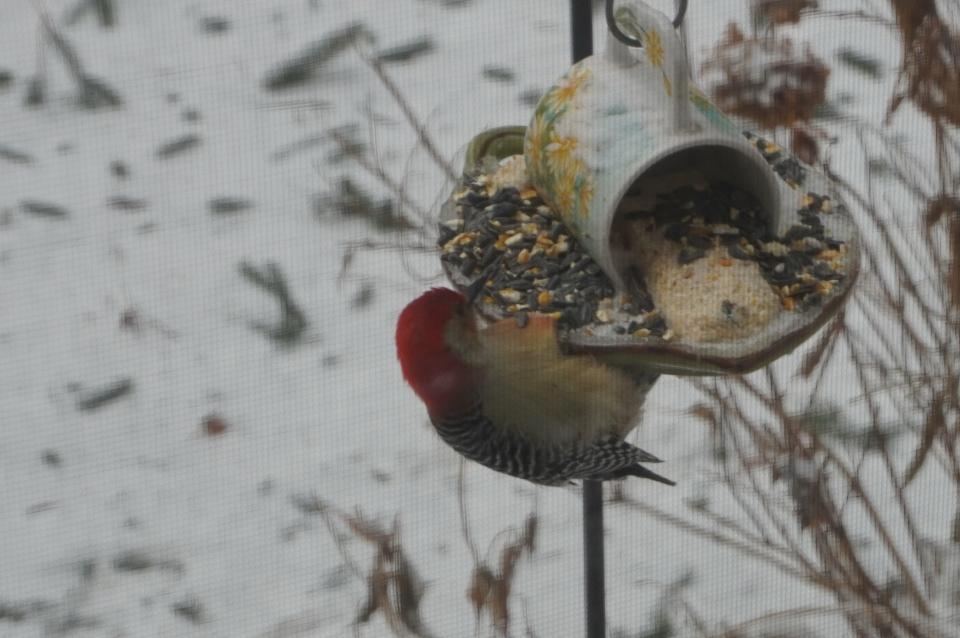
Amazingly enough, until the Thursday before Christmas, there was still one last confused episode of forsythia buds showing butter-yellow color in the ongoing saga of out-of-season effects at Secrest Arboretum. Almanac reader Nancy Shaw emailed that her white and pink flowering heather still bloomed. This, even as the fading afternoon sun lit the arrival of the winter solstice on Dec. 21. Each day now gets longer, biding the time until the next growing seasons, along with the praying mantis egg mass present on one of those forsythia stems.
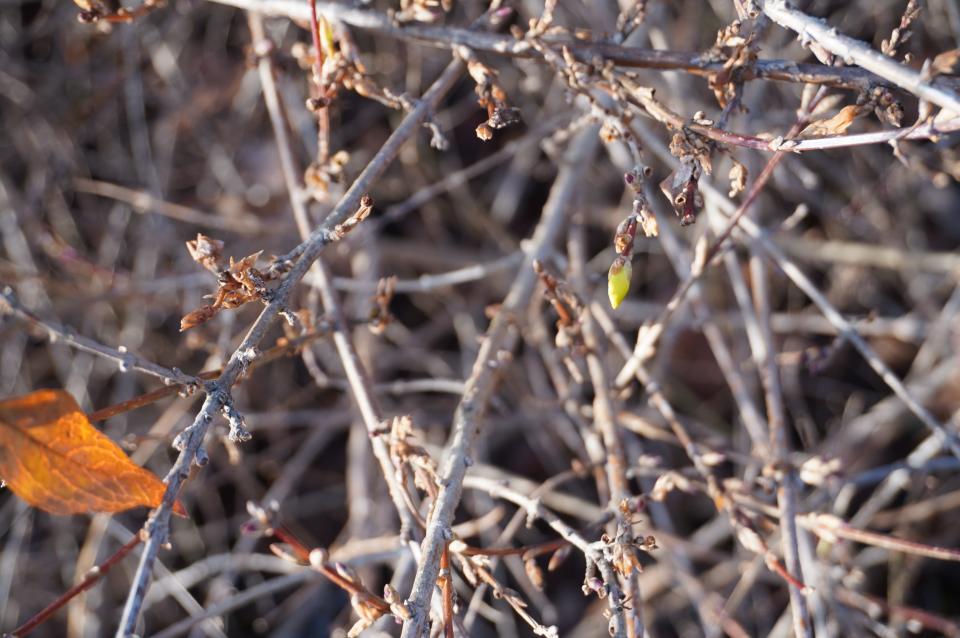
Naturalist leaves lasting legacy
Most of you probably do not receive a monthly copy of “The Growing Concern,” a publication of the Ohio Landscape Association, headquartered in Northeast Ohio. One of the best features is the “Great Western Plant Explorers” Plant of the Month column by Jim Funai of Cuyahoga Community College and Shelley Funai of Stan Hywet Hall & Gardens in Akron. Their December column features Frank Meyer (1875-1918), an influential plant introducer for the U.S. Department of Agriculture. How influential?
Of the 2,500 plants Meyer introduced to the United States, perhaps the most important was a commercially viable soybean, a $44.5 billion crop today. Then there are peaches, alfalfa types, drought-hardy sorghum, the Chinese pistachio, the oriental persimmon, and how about the Meyer lemon (Citrus xmeyeri) for your holiday treats. Add to these ornamentals, such as Parrotia, the popular small lilac, Syringa meyeri, and the Shangtung maple, Acer truncatum, with its gorgeous fall foliage. He was also tasked with finding out if the fungal pathogen Cryptonectria parasitica, the cause of Chestnut blight disease, first found here in the Bronx Zoo in 1908, was of Asian origin. It was — he found it on Chinese chestnuts.
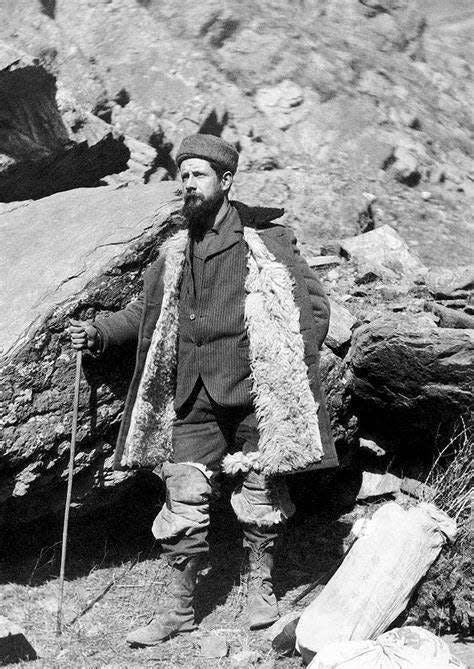
Born Frans Nicholas Meijer in Amsterdam, he worked in European nurseries and as an assistant to Hugo de Vries, the Dutch botanist and early geneticist who postulated the idea of genes. Meyer immigrated to America in 1901, eventually working for the USDA’s Plant Introduction Station in Santa Ana, California. What followed were four extensive collection trips to China, Korea, Mongolia, Siberia, and the Middle East.
As fellow economic plant introducer David Fairchild wrote of Meyer’s detailed collection notes: “his suggestions [on breeding strategies] are backed up by living material which will make it easy to provide the breeders with many of the plants which he describes.” In a letter to Fairchild in 1907, Meyer wrote: “Our short life will never be long enough to find out all about this mighty land. When I think about all these unexplored areas, I get fairly dazzled; one will never be able to cover them all. I will have to roam around in my next life.”
Plant Lovers' Almanac:What the Romans and Bob Dylan had to say about corn
Finally, an example of the tricky realities and unintended consequences of plant exploration and introduction is one more plant introduced by Frank Meyer: he brought back 500 pounds of seeds of Callery pear. He found this pear along the Yangtze River, fulfilling the charge of his boss Erwin F. Smith of the USDA, who wanted him to find pears of genetic resistance to the deadly fireblight disease of pears and apples.
It is caused by a bacterium then classified as Bacillus amylovora (later changed to Erwinia amylovora in honor of Erwin). Callery pears did not turn out to be useful for fireblight resistance when crossed with fruiting pear, but was used as an ornamental, with unfortunate serious modern-day consequences as an invasive species.
Can’t win ’em all: by Jan. 7, it will be against regulation to grow or sell Callery pears in Ohio.
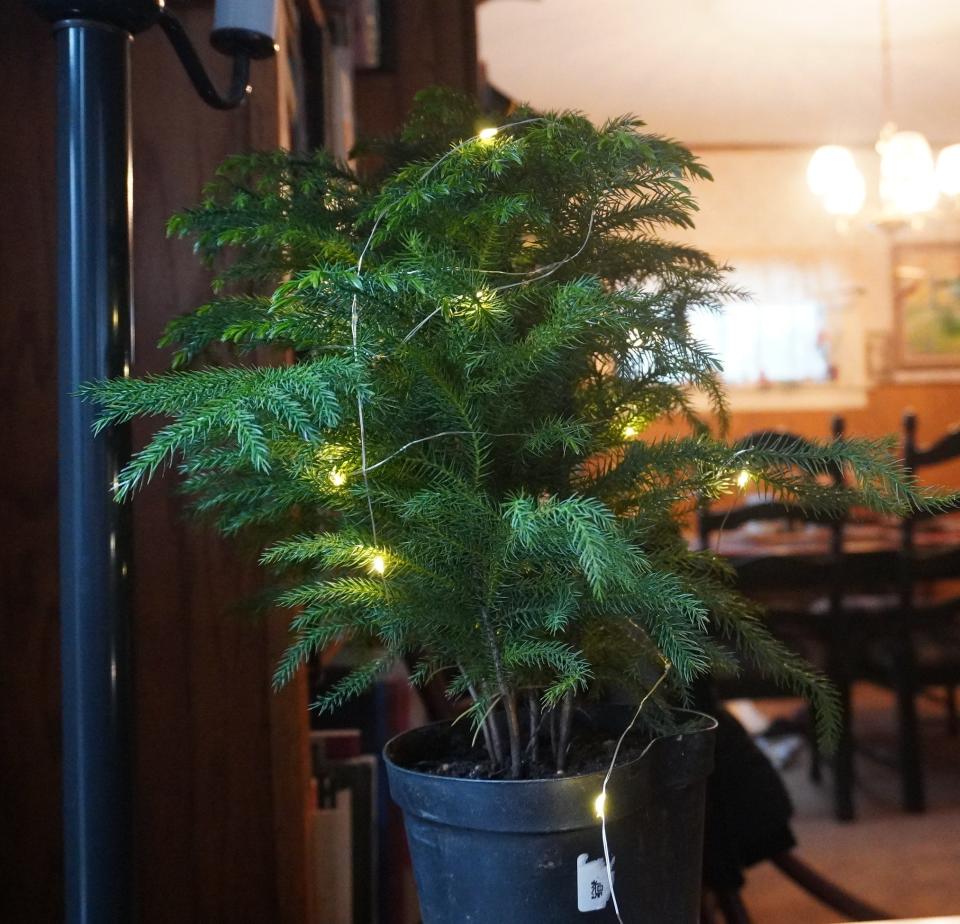
Not a true pine
It’s been 50 years since I owned a Norfolk Island pine, with its soft needles and pleasing shape.
As it grows, the bushy shape changes into more widely spaced branches and a delicate aspect and serves us this season as a small Christmas tree for a table or in a small space, but do not load up on too many heavy ornaments.
It is not a true pine and does not have needles in clusters, rather it is Araucaria heterophylla, related to another warmer climate tree, monkey-puzzle tree (Araucaria auraucana) that is often seen in botanical conservatories.
It is native to Norfolk Island, of course, a small set of islands a little over 1,000 miles northeast of Sydney. We grow it indoors; outdoors in its native stands, it may grow to 200 feet.
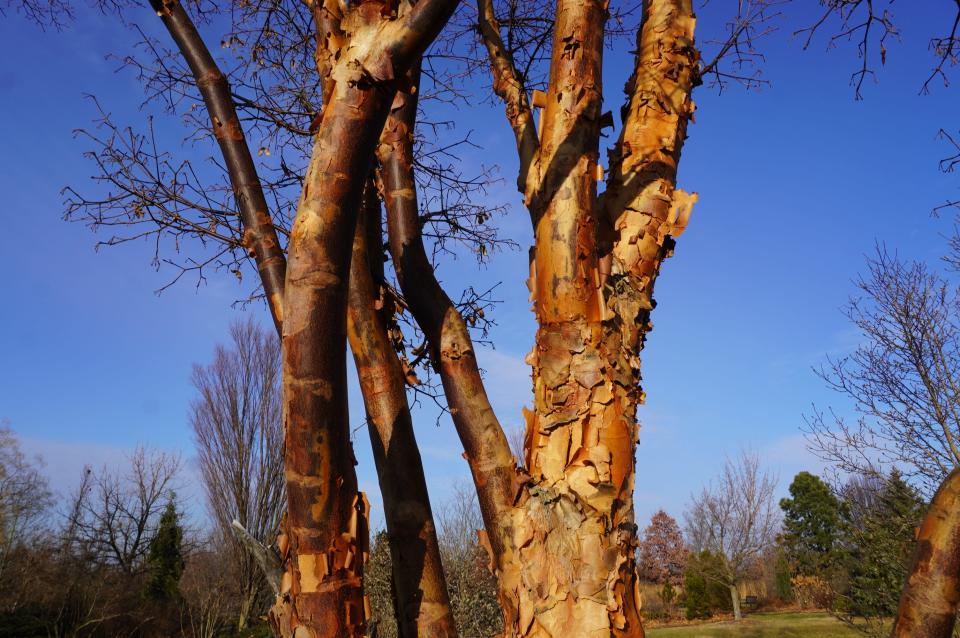
A tale of three maples
Ye shall know them by their barks. On a recent Secrest winter walk, three maples caught my eye, obviously not by the foliage or flowers or even fruits or form, but by the bark. Paperbark maple (Acer griseum), has peeling cinnamon-colored outer bark. It is a tree much tougher and more shapely than I thought years ago. It can even work as a small street tree maple if given enough root room in the devil strip.
Next is three-flowered maple (Acer triflorum) with bark that is aptly described by North Carolina University as: “warm, ashy light brown bark, peeling in longstrips, to reveal cinnamon orange-brown inner bark even at an early age.” It also has wonderful orange-crimson fall foliage color. Finally, there is the Girard’s maple, a cross of Acer nikoense and Acer griseum, with its striated, intensely cinnamon-ish bark. Enjoy them all year, but especially now.
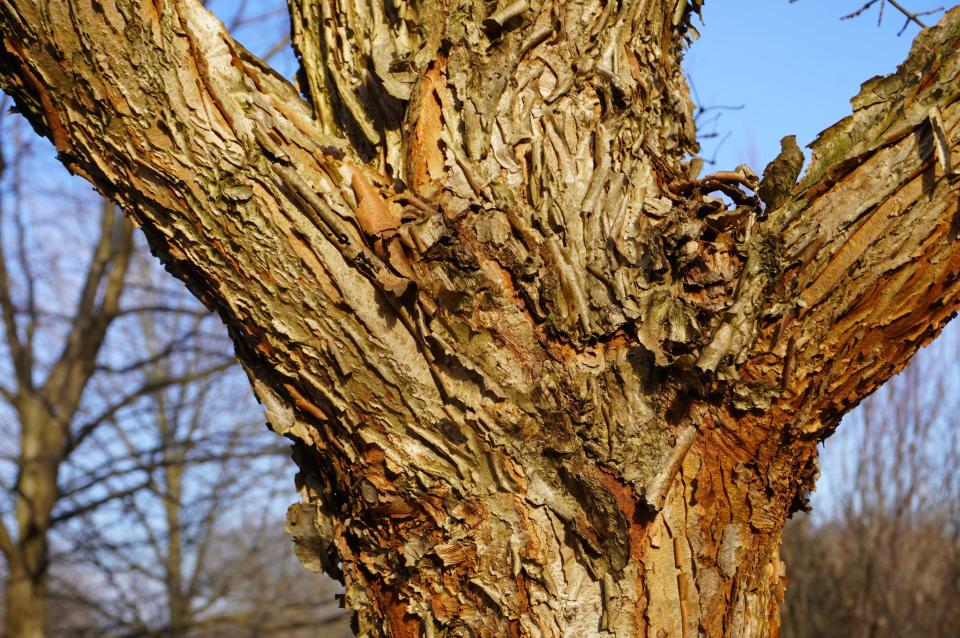
Savor these natural details; for the new year, heed the words of Helen Keller:
“I who am blind can give one hint to those who see: Use your eyes as if tomorrow you would be stricken blind. And the same method can be applied to the other senses. Hear the music of voices, the song of a bird, the mighty strains of an orchestra, as if you would be stricken deaf tomorrow. Touch each object as if tomorrow your tactile sense would fail. Smell the perfume of flowers, taste with relish each morsel, as if tomorrow you could never smell and taste again. make the most of every sense; glory in the beauty which the world in all the facets of pleasure reveals to you through the several means of contact which Nature provides. But of all the senses, I am sure that sight is the most delightful.”
Jim Chatfield is a horticulture educator and professor emeritus at Ohio State University Extension. Contact him at chatfield.1@osu.edu or call 330-466-0270.
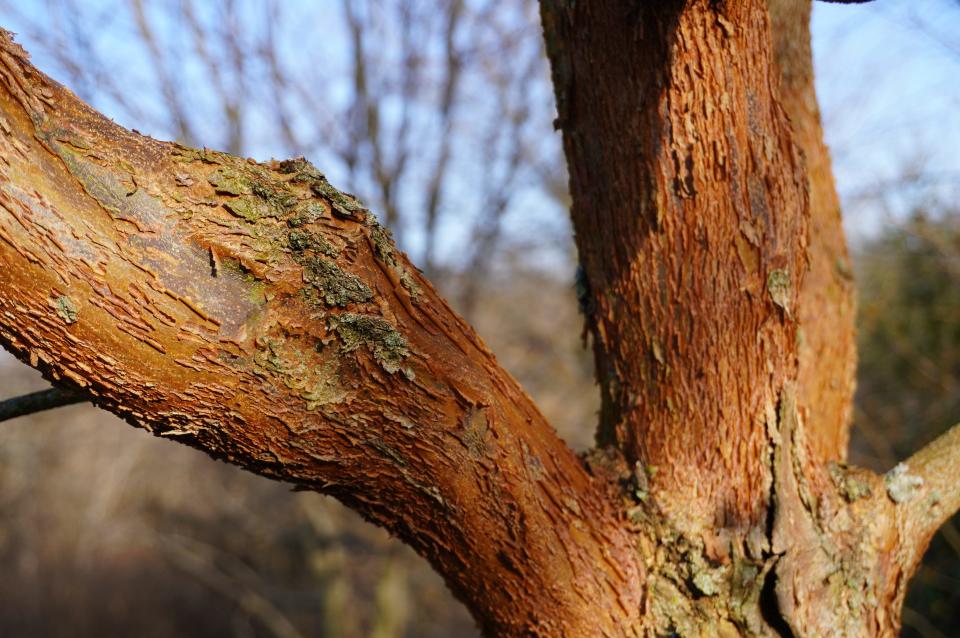
Plant Lovers' Almanac:Unexpected color among the winter gray
This article originally appeared on Akron Beacon Journal: Natural beauty follows winter’s fury

